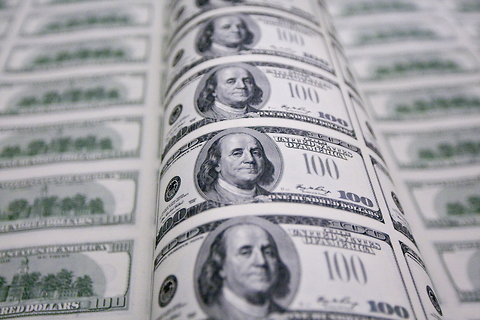Awhile back, I wrote about a new service that Citigroup offers on its credit cards called Price Rewind. It lets cardholders register purchases, and then searches for the same items at lower prices. If it finds one, it refunds you the difference.
I happen to have a Citi credit card, and this week I received an e-mail with this message in the subject line: “Your recent purchase may be eligible for a better price.”
I was curious. What recent purchase?
It turns out that the message wasn’t referring to a specific purchase. Rather, it was a pitch for me to give Price Rewind a try, to see if perhaps something I had recently bought might be eligible for a refund.
I was mildly annoyed at the somewhat misleading e-mail, but I decided to try out the service anyway. I looked through my most recent online credit card statement to see if there was anything I should enter for a price check.
This brought to light some drawbacks with the service. For starters, the line items on your credit card statement aren’t itemized. The details of the purchase are on the original receipt, which you must have in hand to enter the necessary information. I generally don’t keep receipts for smaller ticket items, though I do get some receipts electronically.
So the first issue is that if you want to use the service, you have to make sure to enter the product information soon after you buy the item, before the receipt goes in the trash (or wherever it is that lost receipts go).
I did, however, happen to have a paper receipt handy for a small refrigerator I had recently bought from Home Depot, for $359. (It had been a difficult item to find initially, because it had to fit in a confined space and so was a bit of an oddball model in terms of size.) So I entered the product information into Price Rewind’s search engine, and got — nothing. Several other items under the same brand came up, but not the specific model I had purchased.
I contacted the program’s customer service line, and a representative asked me for the product information (brand and model number) before putting me on hold, apparently to search Citi’s list of eligible items. She couldn’t find it either. She said that didn’t mean that it was ineligible, just that it wasn’t on the list. She advised me to wait a couple of days and try again, since new items are often added to the database. Or, I could search for a lower price myself and then submit a claim form on my own.
Well, sure I could. But that sort of defeats the purpose of having the system search automatically for you. Generally, I look around for the best price ahead of time and then, after I make the purchase, I get on with life. I don’t spend a lot of time hunting for lower prices anymore.
So it seems that the service may work better for bigger-ticket items that are widely available.
A Citi spokeswoman said that about a quarter of registered purchases over $100 have been eligible for a refund and about 38 percent of registered purchases over $1,000. The average refund is $80. Eligible items include vacuum cleaners and televisions, as well as designer jeans, shoes and luggage.
Have you used Price Rewind or other price guarantee services? What was your experience with it? Did you get any money back?
Article source: http://bucks.blogs.nytimes.com/2013/05/02/my-tryout-of-citis-price-protection-service/?partner=rss&emc=rss
